The Oil Painting Technique of Rubens
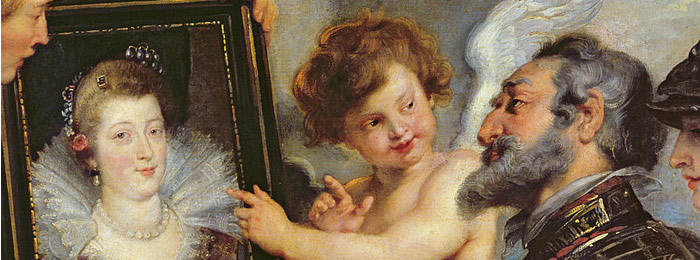
PETER PAUL RUBENS (1577-1640)
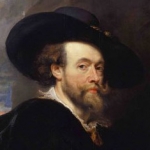 With Rubens, we come to the last major transformation of the Oil Painting medium.
With Rubens, we come to the last major transformation of the Oil Painting medium.
The changes he brought about in the medium of the later Italians converted it into the most facile and versatile vehicle that any painter has ever had at his disposal. Technically, there seems to have been no limit to its possibilities and Rubens himself.
No painter has ever enjoyed a greater or more lasting renown.
During his life his atelier had a tremendous reputation, and from the time of his death until our own time, painters of all schools have tried to rediscover his lost secrets; they have copied him – from Antoine Watteau to Paul Cézanne in their efforts to learn how to paint.
The changes he brought about in the medium of the later Italians converted it into the most facile and versatile vehicle that any painter has ever had at his disposal. Technically, there seems to have been no limit to its possibilities and Rubens himself. No painter has ever enjoyed a greater or more lasting renown. During his life his atelier had a tremendous reputation, and from the time of his death until our own time, painters of all schools have tried to rediscover his lost secrets; they have copied him – from Antoine Watteau to Paul Cézanne in their efforts to learn how to paint.
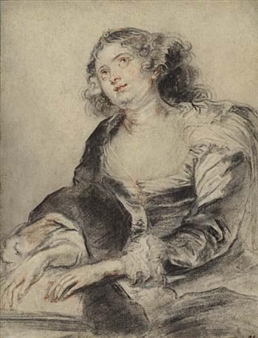
From Van Eyck to Brueghel the Elder, the reliefs that stand out in the paint are to be found principally in the light weight pigments – the blacks, browns and lakes-whereas the heavy pigments, because of their weight, have sunk toward the canvas and left hollows. It is exceptional, for example, to find a relief in the whites, on account of the density of this pigment.
These dense whites formed thin layers but they have great covering power and are very bright. They have very rarely preserved the striations of the brush stroke.
When we examine the paint on the canvases of Rubens we find an altogether different texture, one that shows an unctuous impression of brush strokes equally in the whites and the other pigments.
Rubens’ pupil, Anthony Van Dyck, reveals other characteristics which it will be interesting to compare with those of his master. And when we come to Jean Honoré Fragonard (1732-1806), by whose time the great mediums had been lost in the north, there is yet another change in the appearance of the material. With him the brush strokes show only in the thick impastos that have a base of white. None of the other pigments show enough impression of the brush to catch the light. The striations characteristics of Rubens are not to be seen in any of the transparent parts of the picture.
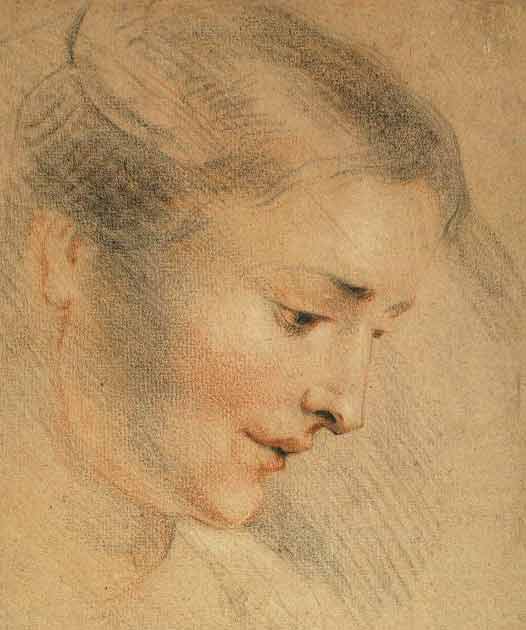
In the heaviest impastos the striations made by the bristles have left an exact though soft impression; the contours of the brush stroke itself are rounded and the ridges on the side of the stroke do not show any perceptible edges. A full, loaded Stroke fades off automatically, losing itself with extreme , suppleness in the surrounding material. This characteristic can be seen clearly in the study of two heads of men, in the Metropolitan Museum of Art in New York. The nostrils, the eyes and the eyebrows have great soft reliefs in which can be seen very light streaks from the brush stroke.
All the pigments, whether in the impasto or in the glazes, are of a semi-translucent material and present the appearance of a rich mousse. The general tone of the paintings is suggestive of amber, but the most banal colors are seen to take on a precious, almost pearly quality. The glazes, even the most liquid, have remained where they were placed, without running.


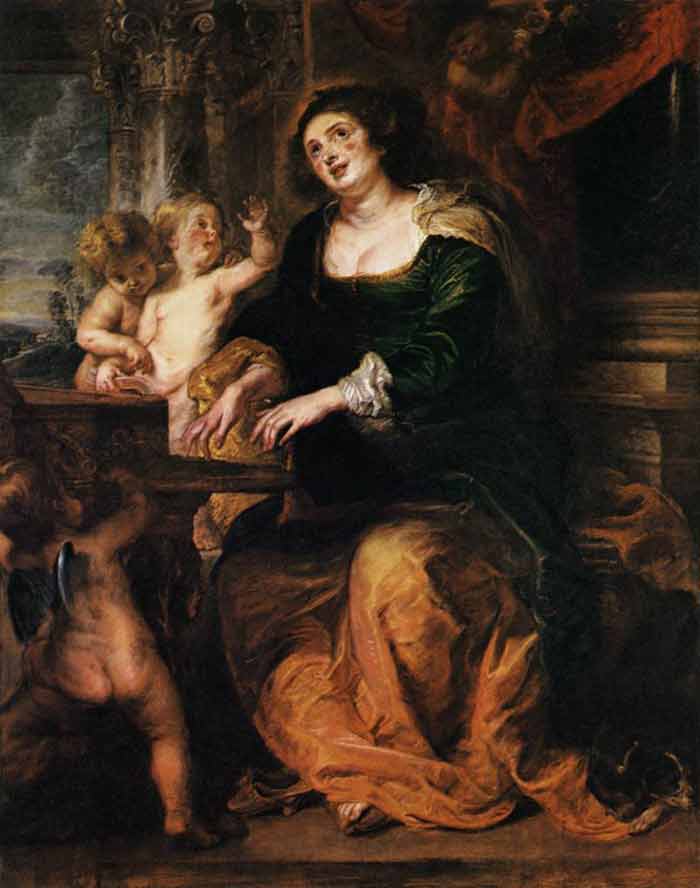
This Post Has 0 Comments